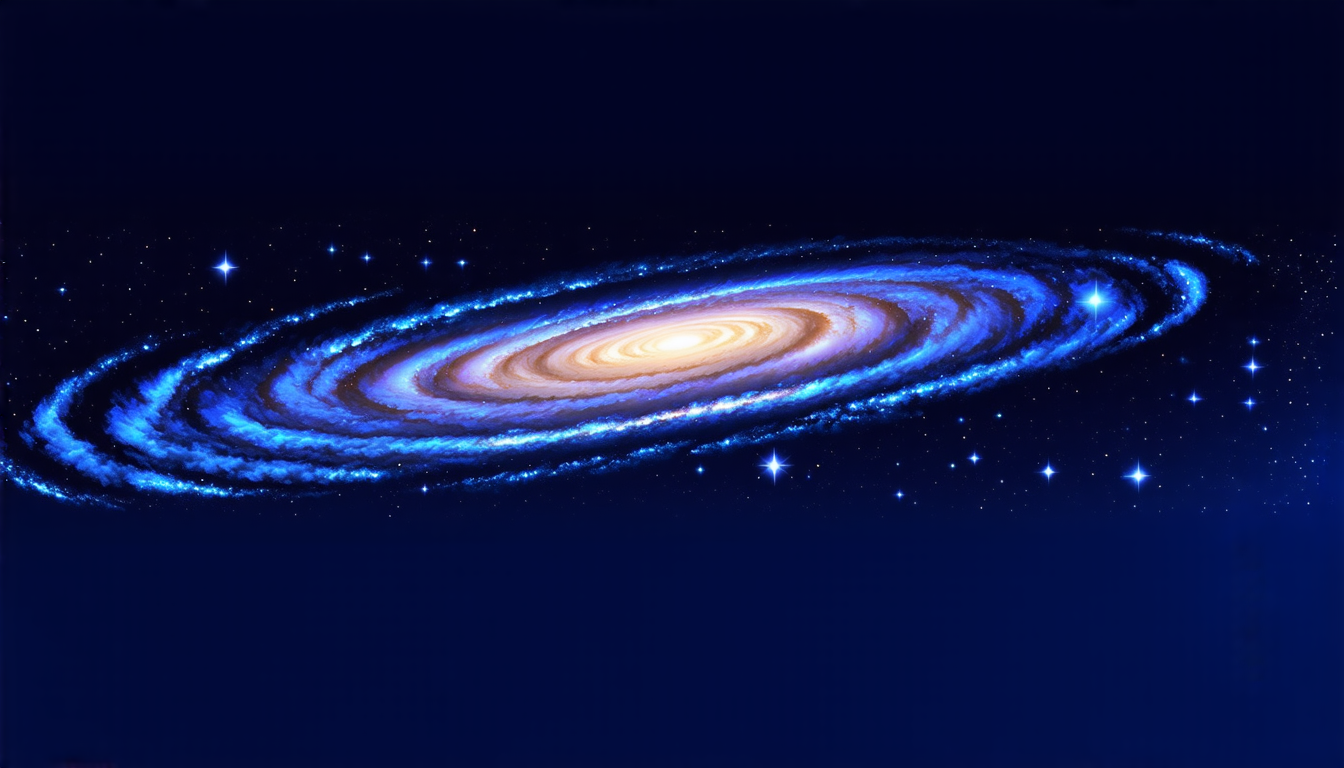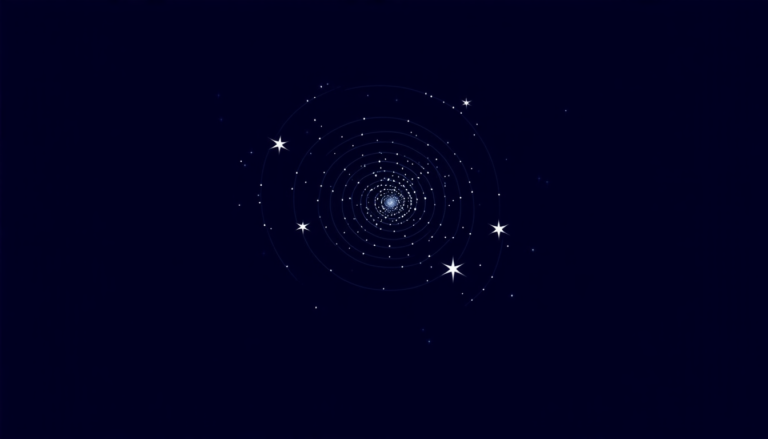Monday 21 July 2025
The universe is a vast and mysterious place, full of secrets waiting to be uncovered by scientists. One of these secrets is the nature of distance itself, which has puzzled astronomers for centuries. A new study has shed light on this enigmatic concept, providing a fresh perspective on how we measure the distances between objects in space.
For decades, scientists have relied on a fundamental relationship known as the cosmic distance duality relation (CDDR). This equation links the luminosity distance and angular diameter distance, two crucial measures of distance in astronomy. However, recent observations have hinted at a possible deviation from this relation, raising questions about its validity.
To investigate this anomaly, a team of researchers analyzed data from the Dark Energy Spectroscopic Instrument (DESI) survey, which has mapped the distribution of galaxies across vast distances. By applying a novel statistical method, they were able to construct a set of independent CDDR ratios that could be tested against each other.
The results are intriguing: while the analysis shows no significant deviation from the CDDR at low redshifts (i.e., relatively nearby galaxies), there is evidence for a departure from the relation at two high-redshift points. These findings suggest that the universe may not be as straightforward as previously thought, with subtle variations in distance measurements that could have far-reaching implications.
The significance of this discovery lies not only in its potential to refine our understanding of the universe but also in its ability to reveal new physics. If confirmed, these deviations from the CDDR would indicate the presence of unknown forces or phenomena operating at cosmic scales. This could be a sign of new gravitational interactions or even evidence for modified theories of gravity.
The study’s authors emphasize that further research is needed to confirm and understand these findings. However, if validated, this discovery could fundamentally alter our understanding of the universe, forcing astronomers to re-examine their assumptions about distance measurements and the cosmos as a whole.
In addition to its implications for fundamental physics, this research has important practical applications in astronomy. Accurate distance measurements are critical for studying galaxy evolution, dark matter, and dark energy, all of which play significant roles in our understanding of the universe’s behavior.
As scientists continue to probe the mysteries of the cosmos, they may uncover even more surprising secrets about the nature of space and time. This study serves as a reminder that the universe is full of surprises, and that sometimes it takes innovative approaches to uncover its hidden truths.
Cite this article: “Unraveling the Mysteries of Distance: New Study Reveals Cosmic Secrets”, The Science Archive, 2025.
Distance, Universe, Astronomy, Cosmic Distance Duality Relation, Dark Energy Spectroscopic Instrument, Galaxy Evolution, Dark Matter, Dark Energy, Gravitational Interactions, Modified Theories Of Gravity







